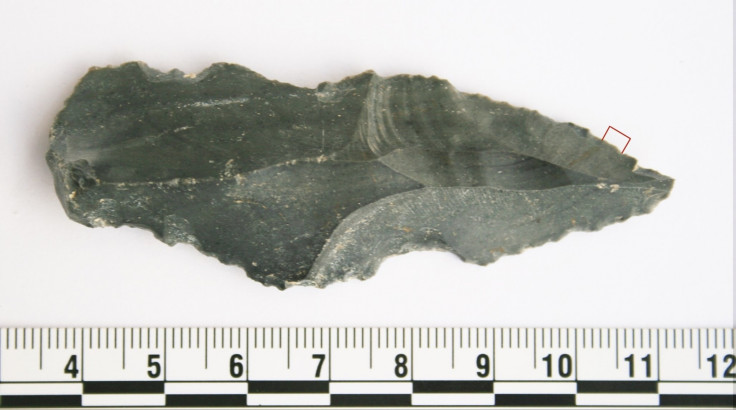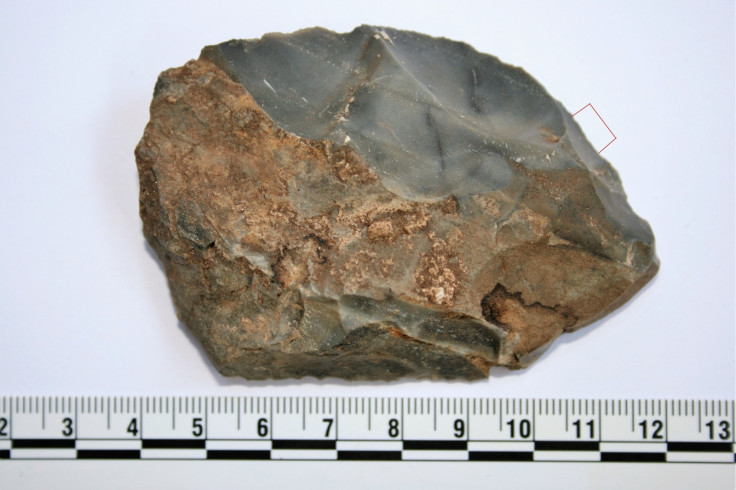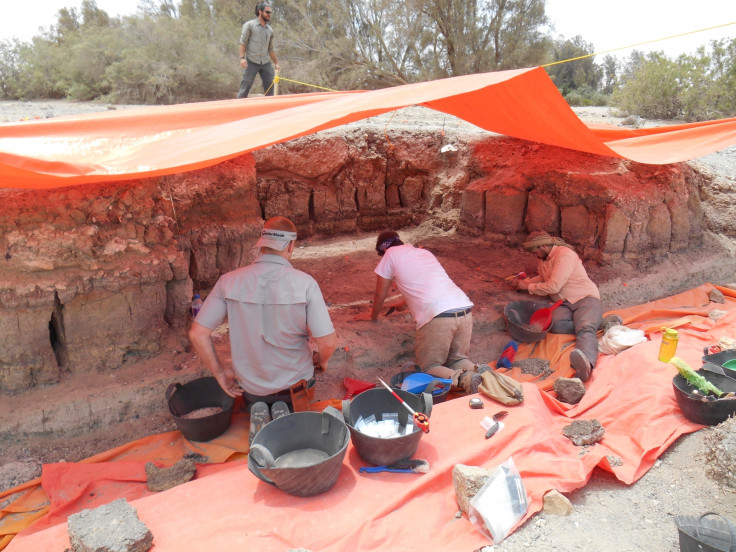Early humans were butchering rhinos and horses with stone tools 250,000 years ago
Stone tools reveal oldest evidence of protein residue, shedding light on sophistication of hominins.

Human ancestors were using stone tools to butcher rhinos, horses, wild cattle and duck at least 250,000 years ago. Analysis of thousands of stone tools from the Shishan Marsh site in northeast Jordan has revealed the oldest evidence of protein residue on stone tools, revealing a surprising sophistication of hominins living in the region at the time.
A team of researchers led by April Nowell, from the University of Victoria in Canada, spent three years excavating 10,000 stone tools from the site in Azraq. The area, now a desert, was once a wetland, but 250,000 years ago it started drying up and became increasingly arid. This meant our ancestors had to adapt to the changing environment.
Published in the Journal of Archaeological Science, the team picked out 44 of the tools excavated to test. Of these 17 still had blood and other animal products left on them. Further testing allowed the team to identify which animals the proteins belonged to - rhinoceros, duck, horse, camel and bovine.

"Researchers have known for decades about carnivorous behaviours by tool-making hominins dating back 2.5 million years, but now, for the first time, we have direct evidence of exploitation by our Stone Age ancestors of specific animals for subsistence," Nowell said. "The hominins in this region were clearly adaptable and capable of taking advantage of a wide range of available prey, from rhinoceros to ducks, in an extremely challenging environment."
The team said these Late Pleistocene hominins were "surprisingly human-like" in how they were able to adapt to the changing environment, including their diet, tools and strategies for avoiding predators and protecting carcasses. They would have lived by a watering hole near other predators, meaning they likely divided labour in a sophisticated manner.

"Based on studies of modern hunter gatherer societies, [they] may have included specialised task groups, task-specific implements and strategies for competing with or avoiding the other predatory species in the area," they wrote.
Nowell said their findings "significantly diverges" from what most would expect of this extinct species of early human. "It opens up our ability to ask questions about how Middle Pleistocene hominins lived in this region and it might be a key to understanding the nature of interbreeding and population dispersals across Eurasia with modern humans and archaic populations such as Neanderthals," he added.
© Copyright IBTimes 2024. All rights reserved.























